Cardiac Anatomy Worksheet
Cardiac anatomy worksheets provide a comprehensive and organized platform for learning about the intricacies of the human heart. These worksheets are designed specifically for medical students, aspiring healthcare professionals, or individuals interested in expanding their knowledge of cardiovascular structures and functions.
Table of Images 👆
More Other Worksheets
Kindergarten Worksheet My RoomSpanish Verb Worksheets
Cooking Vocabulary Worksheet
DNA Code Worksheet
Meiosis Worksheet Answer Key
Art Handouts and Worksheets
7 Elements of Art Worksheets
All Amendment Worksheet
Symmetry Art Worksheets
Daily Meal Planning Worksheet
What is the heart composed of?
The heart is composed of primarily muscle tissue called cardiac muscle, which makes up the bulk of the heart wall. It also contains connective tissue that helps support the muscle fibers and maintain the heart's shape and structure. Additionally, the heart has a network of blood vessels, including arteries and veins, that supply the heart muscle itself with oxygen and nutrients to keep it functioning properly.
What are the four chambers of the heart?
The four chambers of the heart are the right atrium, right ventricle, left atrium, and left ventricle. The right atrium receives deoxygenated blood from the body, which is pumped into the right ventricle and then to the lungs for oxygenation. The oxygenated blood then returns to the left atrium, is pumped into the left ventricle, and then circulated to the rest of the body.
What are the main types of blood vessels connected to the heart?
The main types of blood vessels connected to the heart are arteries, which carry oxygenated blood away from the heart, and veins, which return deoxygenated blood back to the heart. Additionally, there are also capillaries, which are tiny blood vessels that connect arteries and veins and allow for the exchange of nutrients, oxygen, and waste products between the blood and the tissues.
What is the purpose of the heart valves?
The purpose of the heart valves is to ensure one-way blood flow through the heart. They open and close in coordination with the heart's contractions to allow blood to pass through the chambers in the correct direction, preventing backflow and ensuring efficient circulation throughout the body.
What is the function of the left and right atria?
The left and right atria are chambers of the heart that receive blood returning from the body (right atrium) and the lungs (left atrium). Their function is to help pump blood into the ventricles, the lower chambers of the heart, by contracting and pushing blood into them. This process ensures a continuous flow of oxygen-rich blood to the body and oxygen-poor blood to the lungs for oxygenation.
What is the function of the left and right ventricles?
The left ventricle of the heart receives oxygen-rich blood from the left atrium and pumps it out to the body through the aorta, providing the body with oxygen and nutrients. Meanwhile, the right ventricle receives oxygen-poor blood from the right atrium and pumps it to the lungs through the pulmonary artery for oxygenation. Both ventricles play key roles in the circulation of blood throughout the body.
What is the purpose of the coronary arteries?
The purpose of the coronary arteries is to supply oxygen-rich blood to the heart muscle, ensuring that it receives the nutrients and energy it needs to function properly. These arteries branch off from the aorta and encircle the heart, providing a vital blood supply to maintain the cardiac muscle's health and function. A blockage or damage to the coronary arteries can lead to serious complications, such as a heart attack.
What is the role of the pericardium?
The pericardium is a double-layered membrane that surrounds and protects the heart. Its main roles include providing a physical barrier that prevents infections from spreading to the heart, containing and lubricating the heart within the chest cavity to minimize friction during heartbeats, and aiding in maintaining the heart's position within the chest cavity. Additionally, the pericardium helps to maintain a stable pressure around the heart and plays a role in regulating blood flow to and from the heart.
How does blood flow through the heart?
Blood enters the heart through the superior and inferior vena cava into the right atrium, then passes through the tricuspid valve into the right ventricle. From there, it is pumped through the pulmonary valve into the pulmonary artery to the lungs for oxygenation. Oxygenated blood returns to the heart through the pulmonary veins into the left atrium, passes through the mitral valve into the left ventricle, and is pumped out through the aortic valve into the aorta to be distributed to the rest of the body.
What are the major structures of the conducting system in the heart?
The major structures of the conducting system in the heart include the sinoatrial (SA) node, atrioventricular (AV) node, bundle of His, bundle branches, and Purkinje fibers. These components work together to coordinate and regulate the electrical impulses that control the heart's rhythm and ensure efficient blood pumping throughout the body.
Have something to share?
Who is Worksheeto?
At Worksheeto, we are committed to delivering an extensive and varied portfolio of superior quality worksheets, designed to address the educational demands of students, educators, and parents.

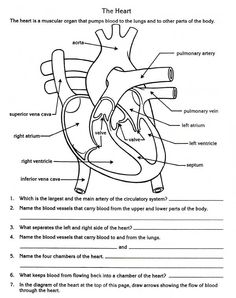



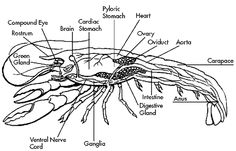
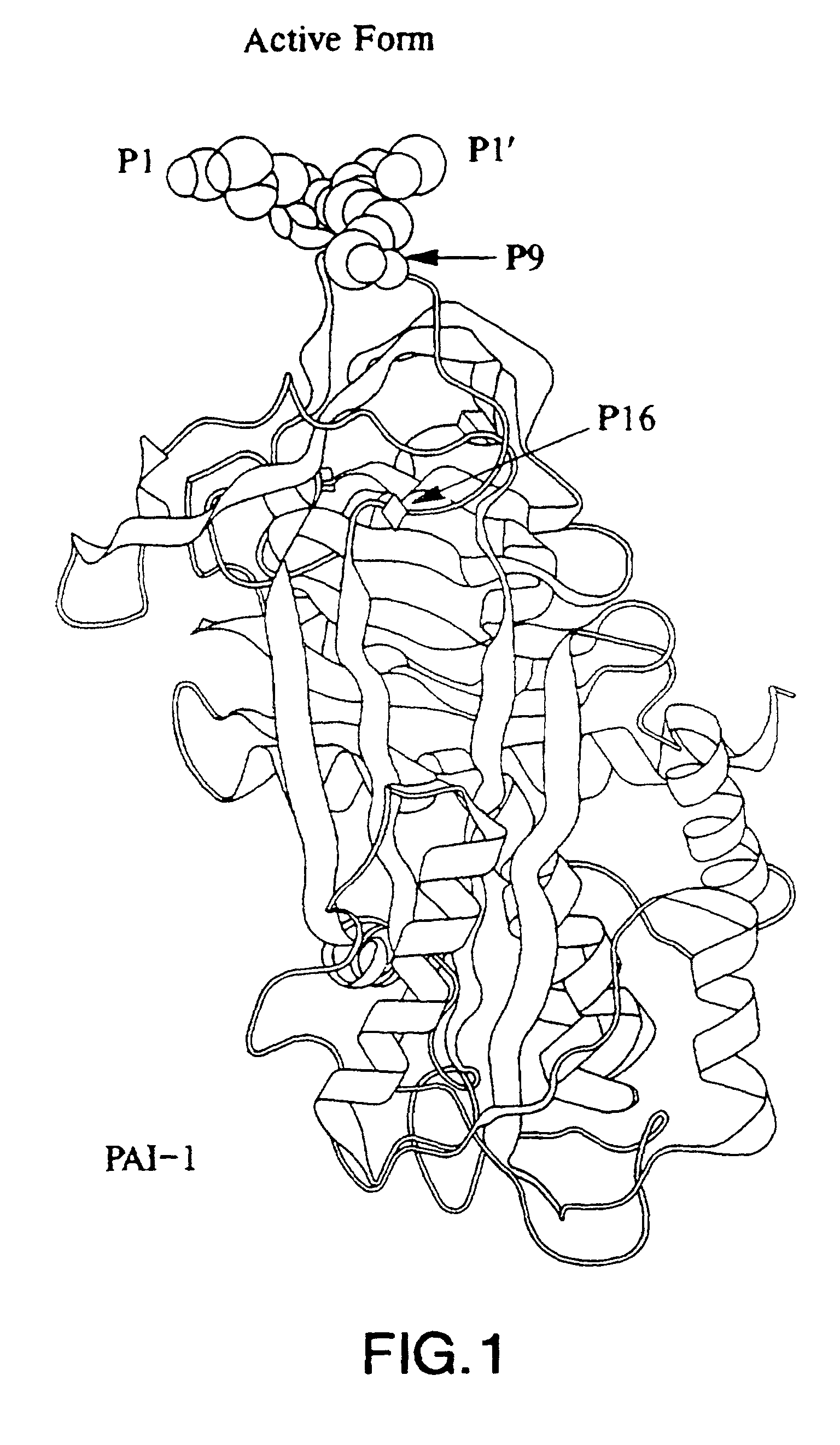
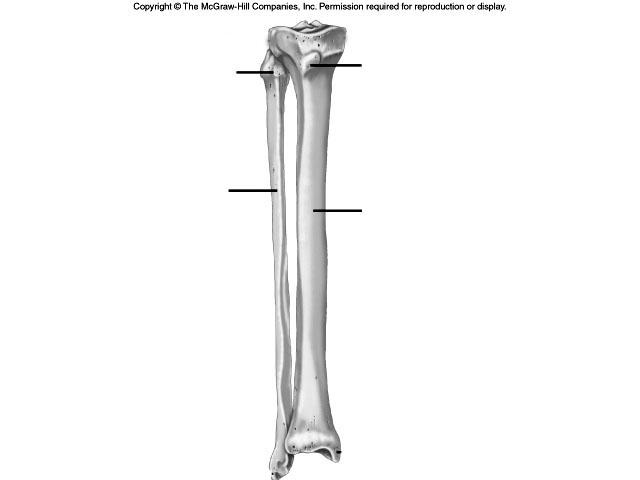
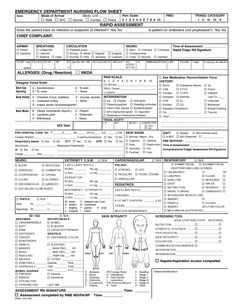
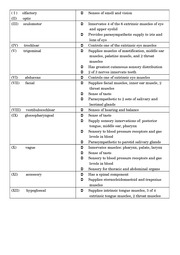
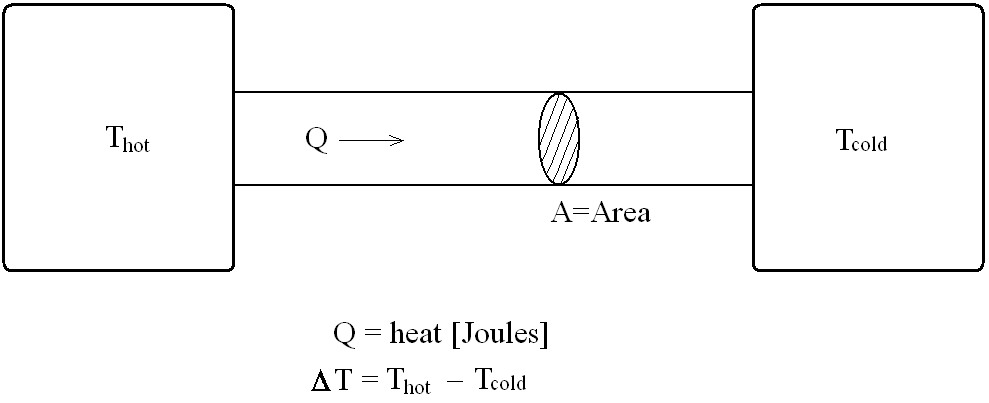














Comments